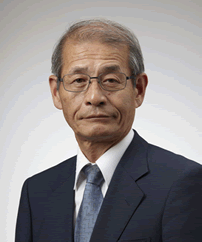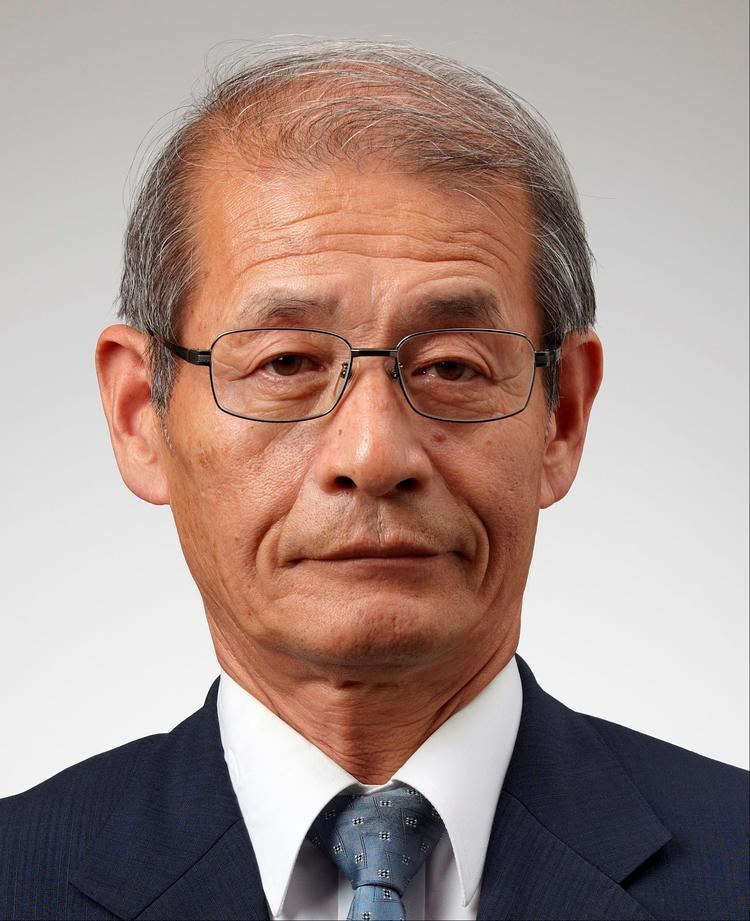Name Akira Yoshino Role Chemist | ||
 | ||
Akira yoshino positive energy in europe powershoots tv
Akira Yoshino (吉野 彰, Yoshino Akira, born 30 January 1948) is a Japanese chemist. Fellow, Asahi Kasei Corporation and professor of Meijo University. He is the inventor of lithium-ion battery (LIB) used for cellular phone and notebook computer etc.
Contents
- Akira yoshino positive energy in europe powershoots tv
- Akira Yoshino Lithium ion battery and its evolution
- Early life and education
- Career
- Invention of lithium ion secondary battery
- Recognition
- References

Akira Yoshino - Lithium-ion battery and its evolution
Early life and education
Yoshino was born in Osaka, Japan. He holds a B.S. (1970) and a M.S. in Engineering (1972) at Kyoto University, and obtained a Doctorate in Engineering from Osaka University.
Career
Invention of lithium-ion secondary battery
In 1981 Akira Yoshino began research on rechargeable batteries using polyacetylene. Polyacetylene is the electroconductive polymer discovered by Hideki Shirakawa, who later (in 2000) would be awarded the Nobel Prize in Chemistry for its discovery.
In 1983 Yoshino fabricated a prototype rechargeable battery using lithium cobalt oxide (LiCoO2) (discovered in 1979 by Godshall et al. at Stanford University, and John Goodenough and Koichi Mizushima at Oxford University) as cathode and polyacetylene as anode. This prototype, in which the anode material itself contains no lithium, and lithium ions migrate from the LiCoO2 cathode into the anode during charging, was the direct precursor to the modern lithium-ion battery (LIB).
Polyacetylene had low real density which meant high capacity required large battery volume, and also had problems with instability, so Yoshino switched to carbonaceous material as anode and in 1985 fabricated the first prototype of the LIB and received the basic patent.,
This was the birth of the current lithium-ion battery.
The LIB in this configuration was commercialized by Sony in 1991 and by A&T Battery (joint venture company of Asahi Kasei and Toshiba) in 1992.
Yoshino discovered that carbonaceous material with a certain crystalline structure was suitable as anode material, and this is the anode material that was used in the first generation of commercial LIBs. Yoshino developed the aluminum foil current collector which formed a passivation layer to enable high cell voltage at low cost, and developed the functional separator membrane and the use of a positive temperature coefficient (PTC) device for additional safety.
The LIB’s coil-wound structure was conceived by Yoshino to provide large electrode surface area and enable high current discharge despite the low conductivity of the organic electrolyte.
In 1986 Yoshino commissioned the manufacture of a batch of LIB prototypes. Based on safety test data from those prototypes, the United States Department of Transportation (DOT) issued a letter stating that the batteries were different from the metallic lithium battery.
